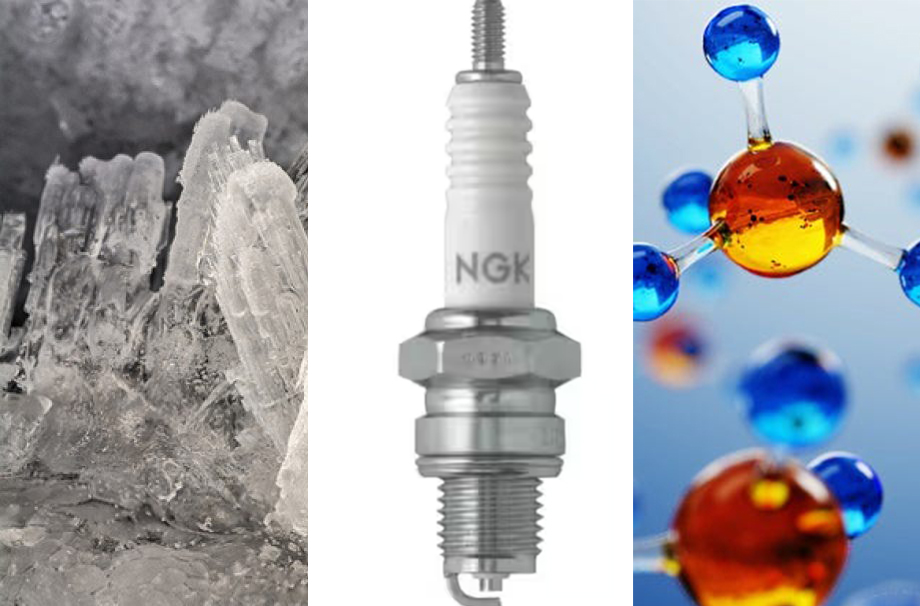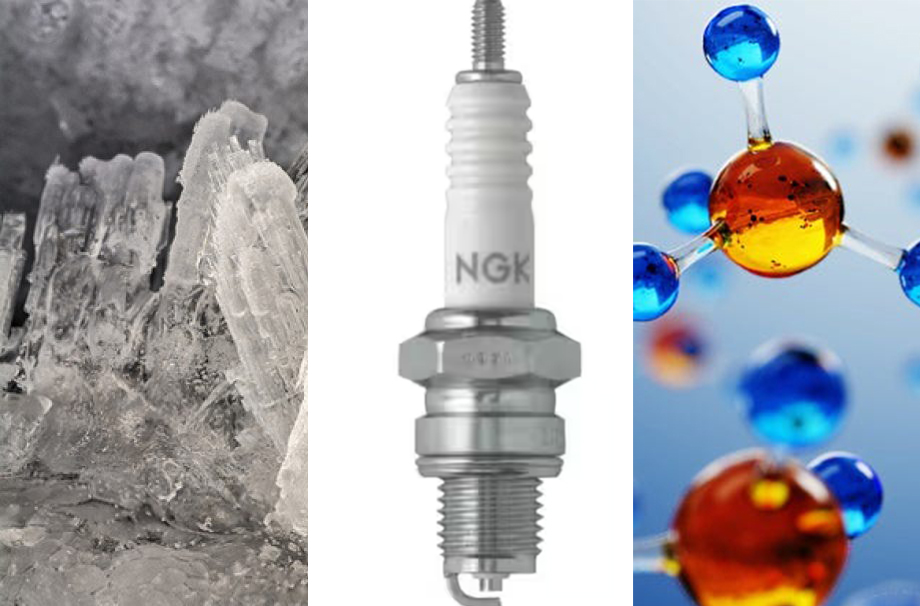Key Applications of Iridium: High-Temperature Crucibles, Spark Plugs, and Corrosion Environments

Iridium (Ir) is the most corrosion-resistant and one of the most rarest elements on Earth's crust. It is highly characterized by its exceptional physical and chemical stability with a very high melting point (approximately 2446°C), excellent resistance to oxidation and chemical attack, and outstanding mechanical strength and electrical conductivity. These properties render iridium a top candidate for use in harsh conditions, especially in high-temperature applications, aggressive chemical conditions, and long-term structural stability. Interestingly, iridium is of special significance in crystal growth crucibles, spark plug electrodes, and chemical catalysis.

Application in High-Temperature Crystal Growth Crucibles
In semiconductor and optoelectronic material crystal growth, such as sapphire (Al₂O₃), gallium oxide (Ga₂O₃), and gallium nitride (GaN), ultra-high temperatures and chemically inert atmospheres are needed. Refractory metals like molybdenum or tungsten tend to oxidize or react with the melt at high temperatures, reducing crystal purity and shortening the life of the crucible. On the other hand, iridium exhibits excellent resistance to heat and corrosive environments, like oxidizing conditions, and hence is best suited for high-purity crystal growth.
Iridium crucibles are used extensively in Czochralski (CZ) and Edge-defined Film-fed Growth (EFG) processes. For example, during sapphire crystal pulling, iridium minimizes contamination risk from the crucible itself and facilitates crystal production with improved optical and structural quality. Iradium's mechanical hardness also allows for reuse of crucibles multiple times, although the material is expensive, which has economic advantages due to its long life and performance in precision applications.
Resistance of Spark Plug Electrodes to Corrosion
Spark plug electrodes are exposed to harsh temperatures, intense electrical arcing, and corrosive combustion products in vehicle and aeronautical ignition systems. Iridium's erosion resistance and high melting point render it particularly well-suited for high-performance spark plug applications.
Compared to conventional copper or nickel alloy electrodes, iridium electrodes experience much less erosion and degradation. They retain their edges sharper for longer times, giving consistent and efficient ignition. This translates into more efficient combustion of fuel, greater engine efficiency, and reduced emissions. Iridium spark plugs also enable longer service life, making them key equipment in modern engines striving for performance and environmental sustainability.
Further reading: Spark Plug Materials: Why Iridium Stands Out
Key Role in Chemical Catalysis
The unique electronic configuration and chemical stability of iridium make it an effective tool in intricate chemical catalysis. Ir-based catalysts are especially useful in homogeneous catalytic systems, asymmetric synthesis, and selective hydrogenation reactions.
For instance, iridium complexes are central to C–H bond activation and alkylation reactions that have important roles to play in green chemistry and the construction of complex organic architectures. Furthermore, in proton exchange membrane fuel cells (PEMFCs), iridium–platinum alloys are major anode catalysts for the oxygen evolution reaction (OER). Their high electrochemical stability in acidic media makes them critical in water electrolysis as well as other clean energy applications.
|
Application |
Role of Iridium |
Key Benefits |
|
High-Temp Crucibles |
Used in crystal growth (CZ, EFG) |
Heat & oxidation resistance, high purity, long life |
|
Spark Plug Electrodes |
Electrodes in ignition systems |
High melting point, erosion resistance, efficient combustion |
|
Chemical Catalysis |
Catalyst in synthesis and fuel cells |
Selectivity, stability, acid resistance |
For more information, please check Advanced Refractory Metals (ARM).
Future Prospects
Although rare and expensive, the irreplaceable attributes of iridium in advanced technologies make it a sought-after substance. As industries require materials that can sustain conditions in duress, the role of iridium is expected to grow in several high-value applications:
•Crystal growth of new oxide semiconductors and photonic materials
•Device electrical contacts and seals against intense heat or vacuum
•High-efficiency catalysts for hydrogen production and carbon conversion
•High-performance ignition systems in aircraft and racing car engines
With ongoing research in material recycling and resource recovery, the economic viability of using iridium is expected to improve. This will give greater industrial adoption while retaining the performance benefits it offers in those areas where it is most desirable.
{{item.content}}
LEVE A REPLY
{{item.children[0].content}}
{{item.content}}






